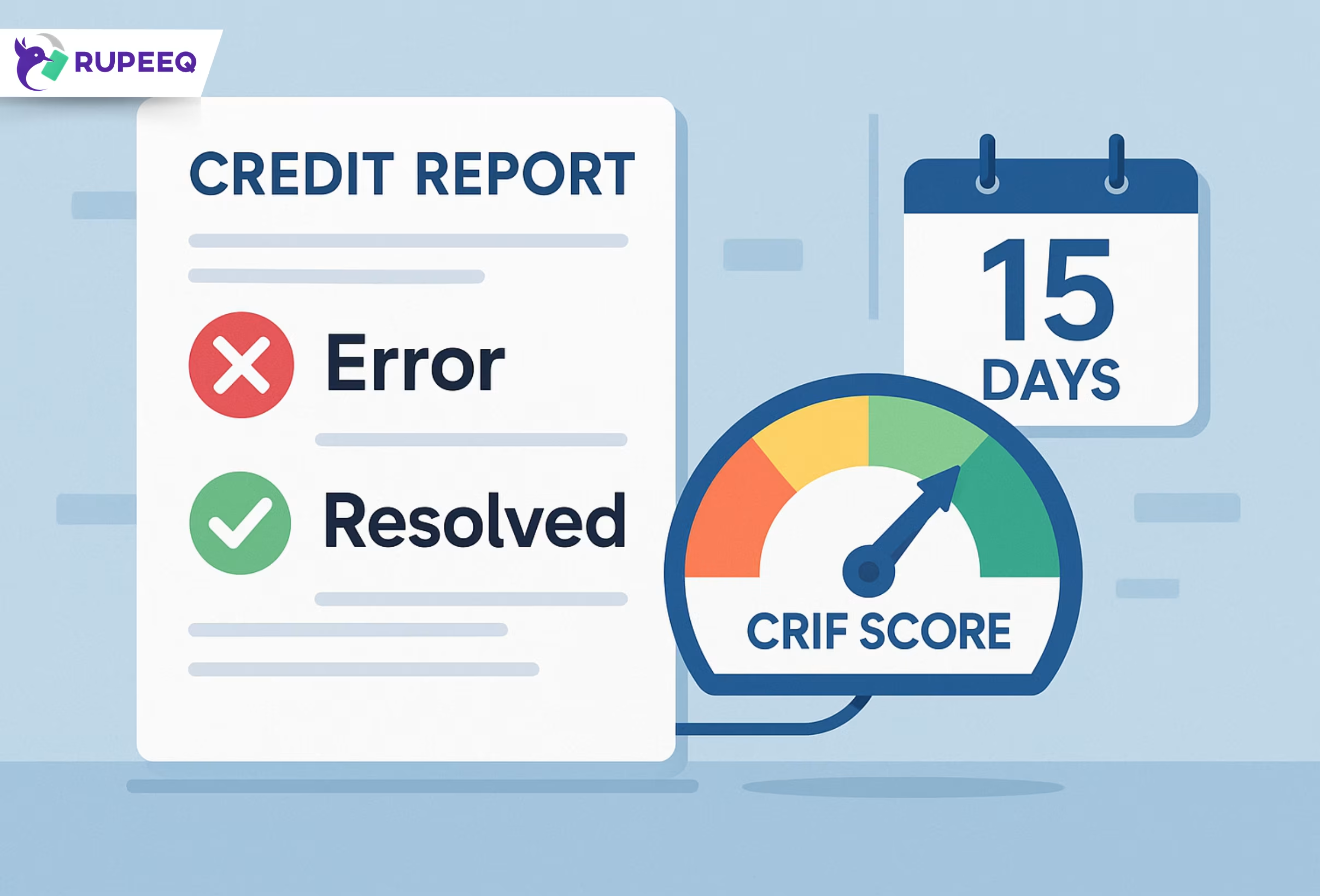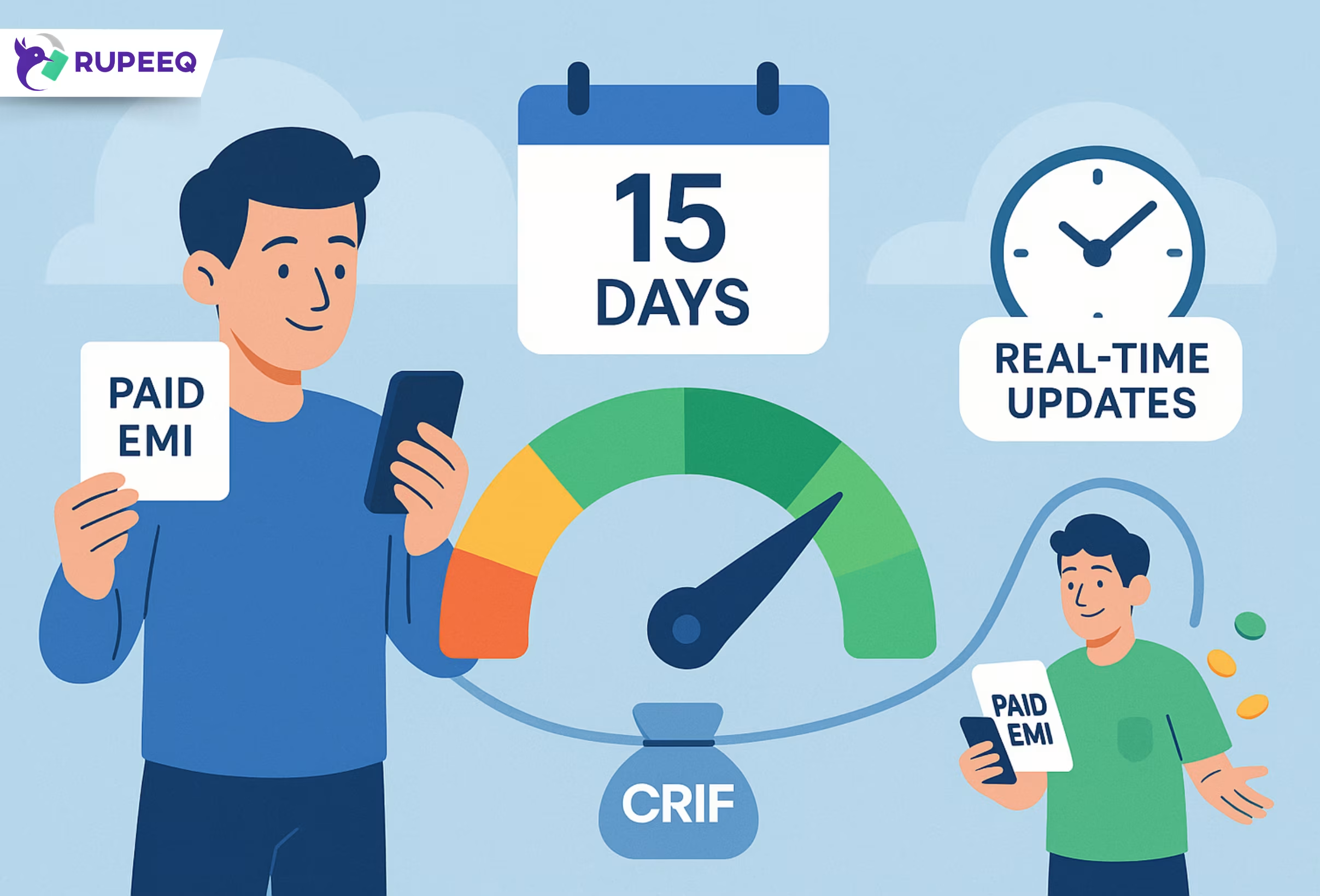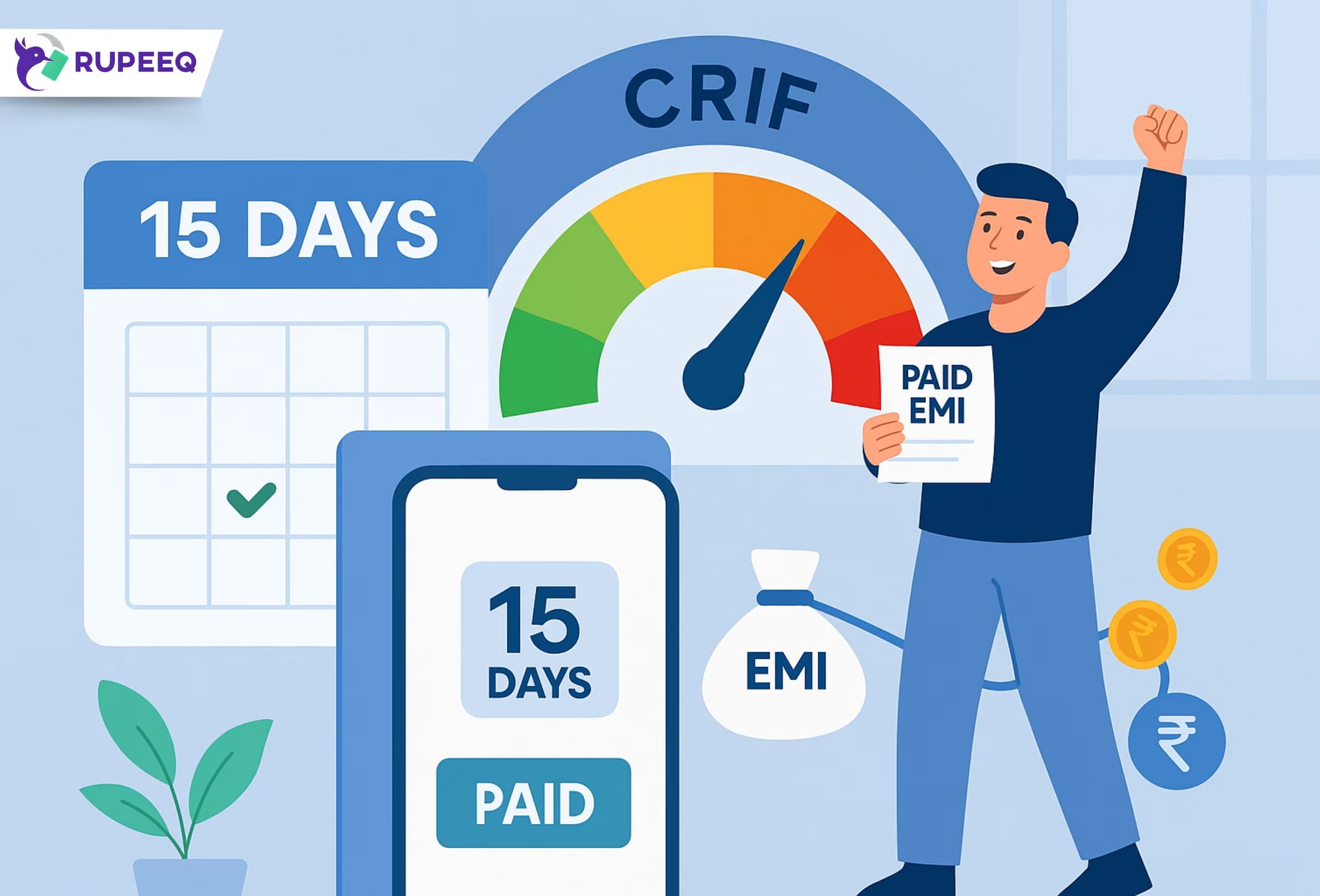The Reserve Bank of India (RBI) has revised its credit reporting framework. Starting January 1, 2025, all banks and financial institutions are now required to update credit bureau records—like CRIF—every 15 days instead of once a month. While this change improves real-time accuracy of credit scores, it also affects how disputes and corrections are handled in CRIF reports.
In this blog, we’ll explore how this new cycle works, what it means for borrowers disputing errors, and how you can stay ahead of the curve.
What Changed in CRIF Credit Reporting?
Under RBI’s revised guidelines, lenders must share repayment data, defaults, loan closures, and other updates with credit bureaus like CRIF twice a month. Earlier, such data was shared only once a month, causing delays in credit score updates and dispute resolutions.
With this update, CRIF reports are expected to reflect changes—good or bad—faster and more frequently.
Why It Matters for Borrowers Filing Disputes
If you’ve ever noticed an error in your CRIF credit report—such as an unpaid loan you never took or an EMI marked “late” despite timely payment—you’ve probably raised a dispute with either the bureau or the lender.
Under the monthly cycle, borrowers had to wait longer for corrections. But now, with updates happening every 15 days, the timeline for resolving disputes becomes tighter and more responsive.
Key Impacts of 15-Day Reporting on Dispute Handling
Let’s break down what this means for borrowers:
| Area of Impact | Monthly Cycle (Old) | 15-Day Cycle (New) |
| Error Detection to Reflection | ~30-45 days | ~15-20 days |
| Lender’s Reporting Window | Once/month | Twice/month |
| Correction Visibility | Next month’s update | Same-month correction possible |
| Score Recalculation Speed | Slower | Faster |
Faster Dispute Acknowledgement
The moment you raise a dispute with CRIF, they coordinate with your lender to verify the data. With the new bi-monthly updates:
- Lenders can respond within the next reporting cycle (15 days).
- CRIF can implement the correction faster.
- You don’t have to wait a full month to see if the issue is fixed.
RupeeQ Tip: Track your credit score at 15-day intervals after raising a dispute. Don’t wait until the next month to follow up.
What Doesn’t Change Despite the New Cycle
While reporting has become more frequent, some parts of the dispute resolution process remain the same:
- The lender still holds the final authority on correcting the record.
- CRIF acts as an intermediary and updates your file only after lender confirmation.
- The standard dispute resolution timeline (up to 30 days as per RBI guidelines) remains unchanged for now.
The 15-day reporting just ensures quicker visibility of corrections once approved.
Best Practices to Follow After Raising a Dispute
Here are steps to stay on top of your credit corrections:
1. Track Reporting Dates
CRIF reports are now refreshed twice a month. Mark your calendar and check your report soon after each cycle.
2. Document Everything
Keep screenshots of payment receipts, confirmation emails, and conversations with the lender to support your dispute.
3. Stay in Contact With the Lender
Follow up actively. Many disputes get resolved faster when the customer follows up directly with the bank.
4. Use CRIF’s Tracking Tools
If you’ve raised a dispute, CRIF provides a reference number. Use it to check the status regularly.
Common Errors to Watch for in CRIF Reports
Even with more frequent updates, errors may still occur due to technical mismatches or manual mistakes. Look out for:
- Loan marked as active after full repayment
- Missed EMI entries that were actually paid
- Duplicate loan entries
- Incorrect personal details (PAN, name, date of birth)
Spotting these early gives you a better chance to fix them in the next reporting window.
How RupeeQ Helps You Stay Updated
RupeeQ uses real-time CRIF integration to alert users about changes in their credit score or report. Here’s how we help during the dispute process:
- Notify when your score changes post-dispute
- Track corrected loan entries
- Provide alternate lender offers if your corrected score qualifies
Final Thoughts
The RBI’s decision to implement a 15-day reporting cycle is a game-changer for credit transparency. But with faster reporting comes the need for faster action. If you’re raising disputes or correcting your credit history, understanding this shorter cycle helps you set realistic expectations and follow up efficiently.
Use the bi-monthly updates to your advantage. Monitor your report regularly, raise disputes promptly, and rely on RupeeQ to guide you through credit health management based on your updated CRIF report.







